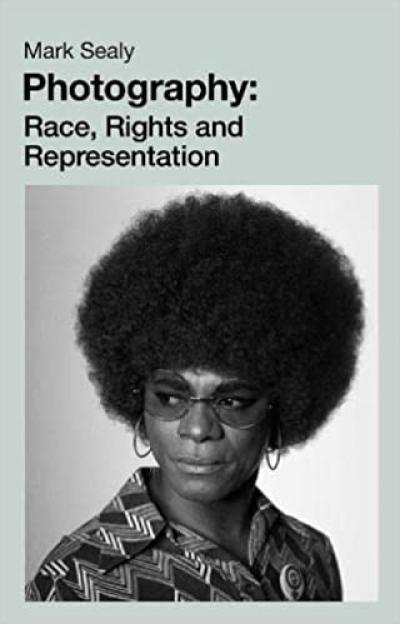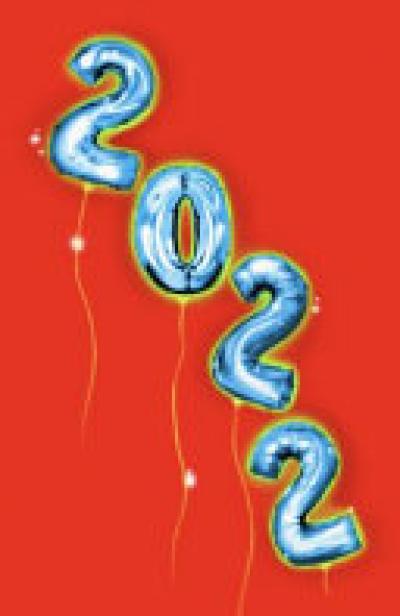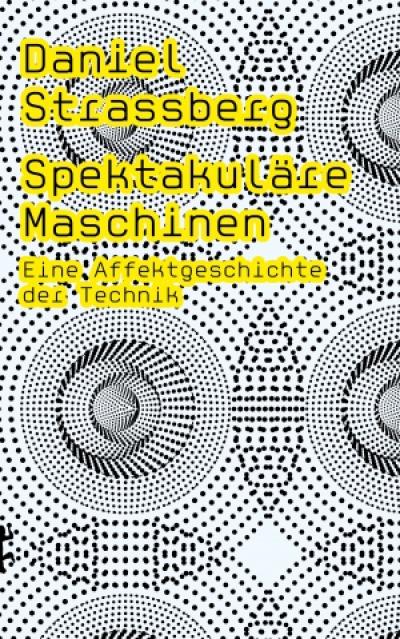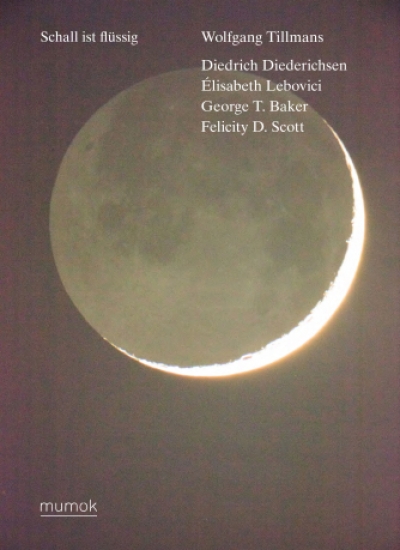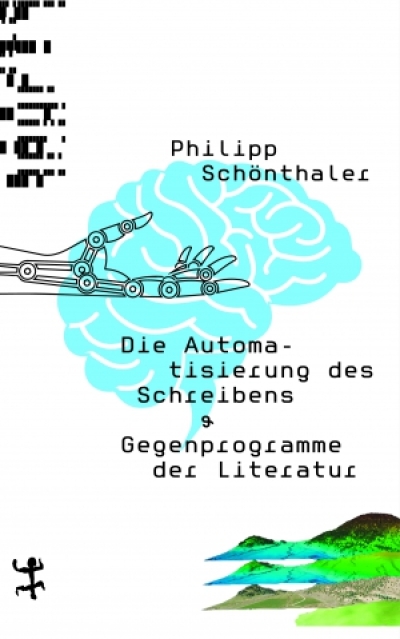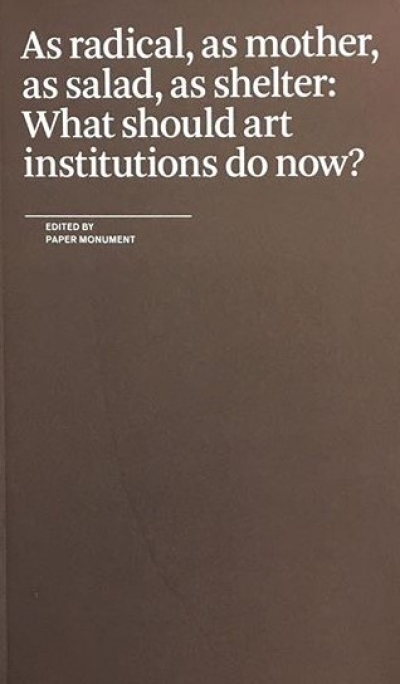
As Radical, As Mother, As Salad, As Shelter: What Should Art Institutions Do Now?
In light of recent political shifts across the globe, have you sensed a change in the position of the art institution vis-à-vis political activism? Can an art institution go from being an object of critique to a site for organizing? How? Should the art institution play this kind of role? What other roles can or should it play? What other institutions, curators, or publics do you look to in formulating your own institution’s position? Recent controversies over curatorial choices have foregrounded the different ways in which institutions envision their audience(s). In your experience, is this process changing? How should it proceed? How can an institution address the dichotomy between art as cultural entertainment and art as political inquiry? What is the role of the curator in mediating this? How does this compare to the artist’s role? How can art institutions be better?
With contributions by: Regine Basha, Chloë Bass, Dena Beard, Zachary Cahill, Ken Chen, Lori Cole, Anne Ellegood, Anthony Elms, Deborah Fisher, Zanna Gilbert, Namita Gupta Wiggers, Larissa Harris, Pablo Helguera, Megan Heuer, Kemi Ilesanmi, Mary Jane Jacob, Alhena Katsof, Kristan Kennedy, Alex Klein, Jordan Martins, Amanda Parmer, Risa Puleo, Laura Raicovich, Sara Reisman, Chris Reitz, Nicolás Rodríguez Melo, Stephen Squibb, Elizabeth Thomas, Gilbert Vicario, and Anuradha Vikram







